Industrial Refrigeration
Refrigeration is the process of removing heat from a space, material or substance. Industrial refrigeration processes cover a large number of industries such as foods, chemicals & manufacturing. In processes where low temperatures must be maintained, industrial refrigeration can be essential.
In industrial processes, chiller hire units are made use of to remove heat from a material or process. The chiller contains a refrigeration circuit which uses an absorption system or vapour compression to cool air. The main concept in refrigeration is that a liquid expanding into a gas will cool a local material or substance.
Components of a Refrigeration System
- Compressor
- Condenser
- Expansion Valve
- Evaporator
Refrigeration Cycle
At the start of the refrigeration circuit, the refrigerant passes through a compressor. This is powered by an electric motor & increases the refrigerant’s pressure.
Next the refrigerant enters the condenser. It is in the condenser that the vapour changes into a liquid form & releases heat. This vapour is at a higher temperature than the air moving over the condenser.
Once out of the condenser, the refrigerant moves into an expansion valve where there is a reduction of its pressure.
Finally, the refrigerant reaches the evaporator, bringing in heat & turning into a vaporous form. Heat is taken from the area needing to be cooled & the refrigerant returns to the compressor for the cycle to begin again.
How Industrial Refrigeration Differs
The basic refrigeration cycle outlined above differs for industrial refrigeration because of the following reasons:
- Industrial applications involve large loads & have long running hours. Therefore, they require more resources in order to increase efficiency.
- Lower temperatures may need to be reached for industrial refrigeration & this requires a large volume of insulation.
- In a multistage cooling system, multiple compressors & evaporators may be needed.
Therefore, there are a number of additional components which may be needed for an industrial refrigeration system such as:
- Suction Trap – This helps prevent the liquid refrigerant from entering the compressor.
- Liquid Receivers -These are installed around the condensers which receive the refrigerant charge.
- Low Pressure Receivers – Separates liquid from the vapour.
Industrial Refrigeration Applications
There are a variety of uses for industrial refrigeration such as food processing, plastic manufacturing, pharmaceutical & chemical.
Water cooled chillers play a vital role in processes which need to cool large amounts of water. These chillers are efficient & can last for a number of years. However, the maintenance involved with water chillers causes them to be relatively expensive.
In the wine & spirit industry, process cooling is required. Heat is removed during the fermentation process. For example, beer temperatures need to maintained at a temperature range of 7-13°C to help facilitate the fermentation process.
Food processing also requires process cooling. For example, in the cheese industry, refrigeration is used to sustain temperatures of 10-20°C during the curing phase & preventing the growth of bacteria.










